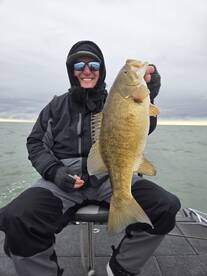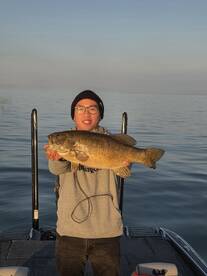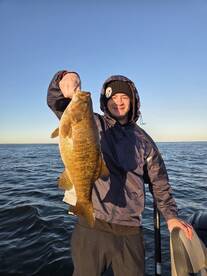End of March Presque Isle Bay/Lake Erie
March 30, 2025
Erie
5 photos
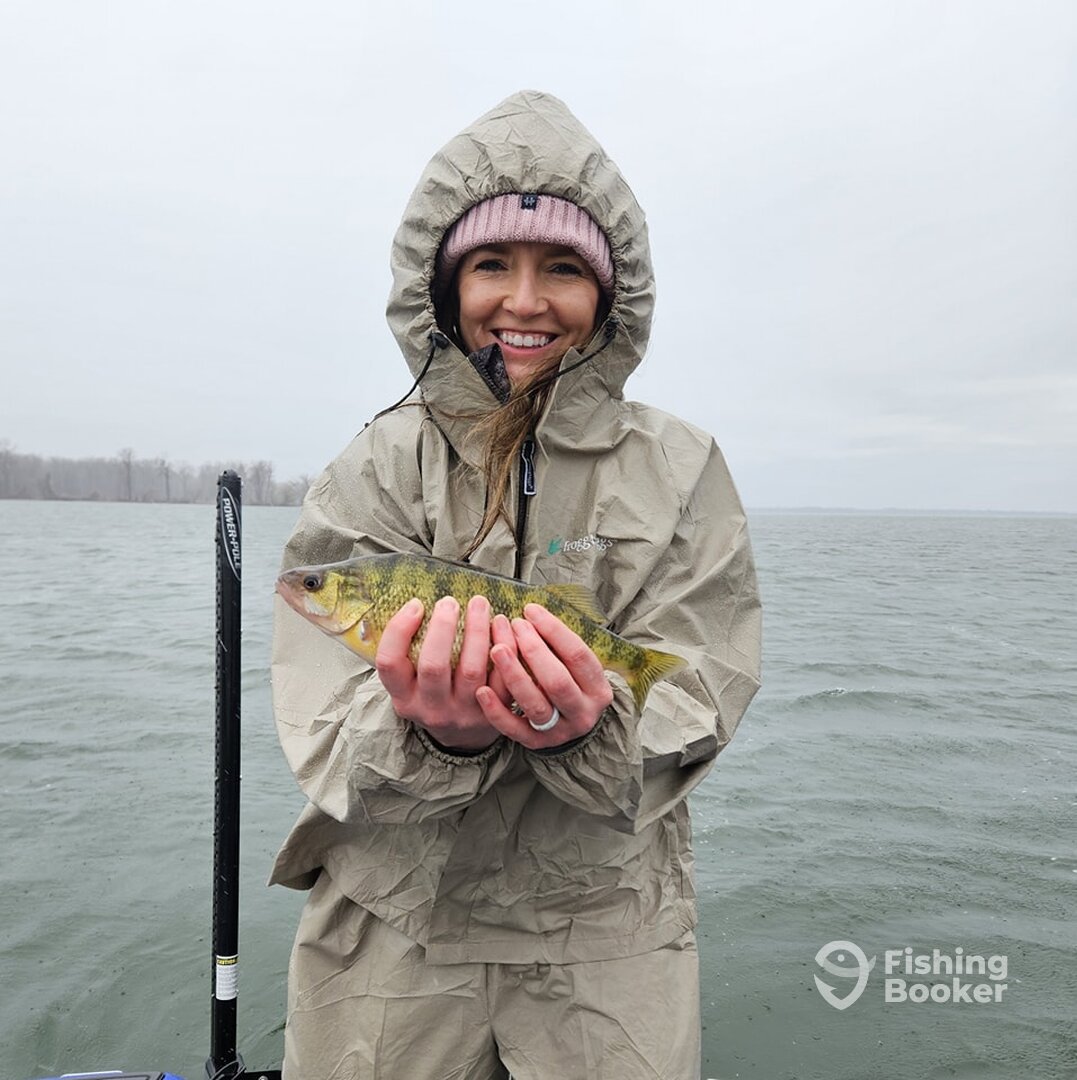
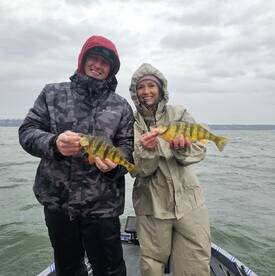
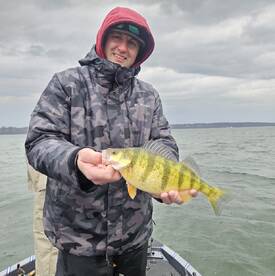 +2
+2
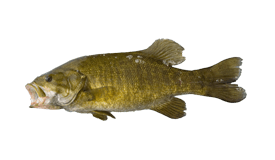
Bass (Smallmouth)
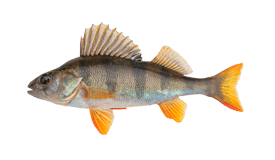
Perch (Yellow)
Trip Summary
Trip Summary
Presque Isle Bay and Lake Erie is slowly warming up and the big perch bite on fire this spring. March has been a terrific month to tangle with these trophy class perch and early-mid April should be another terrific time to target them as well. I am primarily catching them with artificial baits, utilizing my sonar to efficiently target schools and the biggest fish available. Fish are moving shallow some, but a vast majority are still staging in 10-30' of water a ripe for the picking.
The smallmouth bass bite in Presque Isle Bay and Lake Erie is starting to emerge following a hard winter, but I predict the bite to be excellent within the next couple weeks. I only have a couple weekdays left for bass in April (the 23rd and 30th), but could squeeze in a few perch trips in the upcoming week, so make sure to contact us to book now!
Tightlines! - Captain Destin DeMarion


